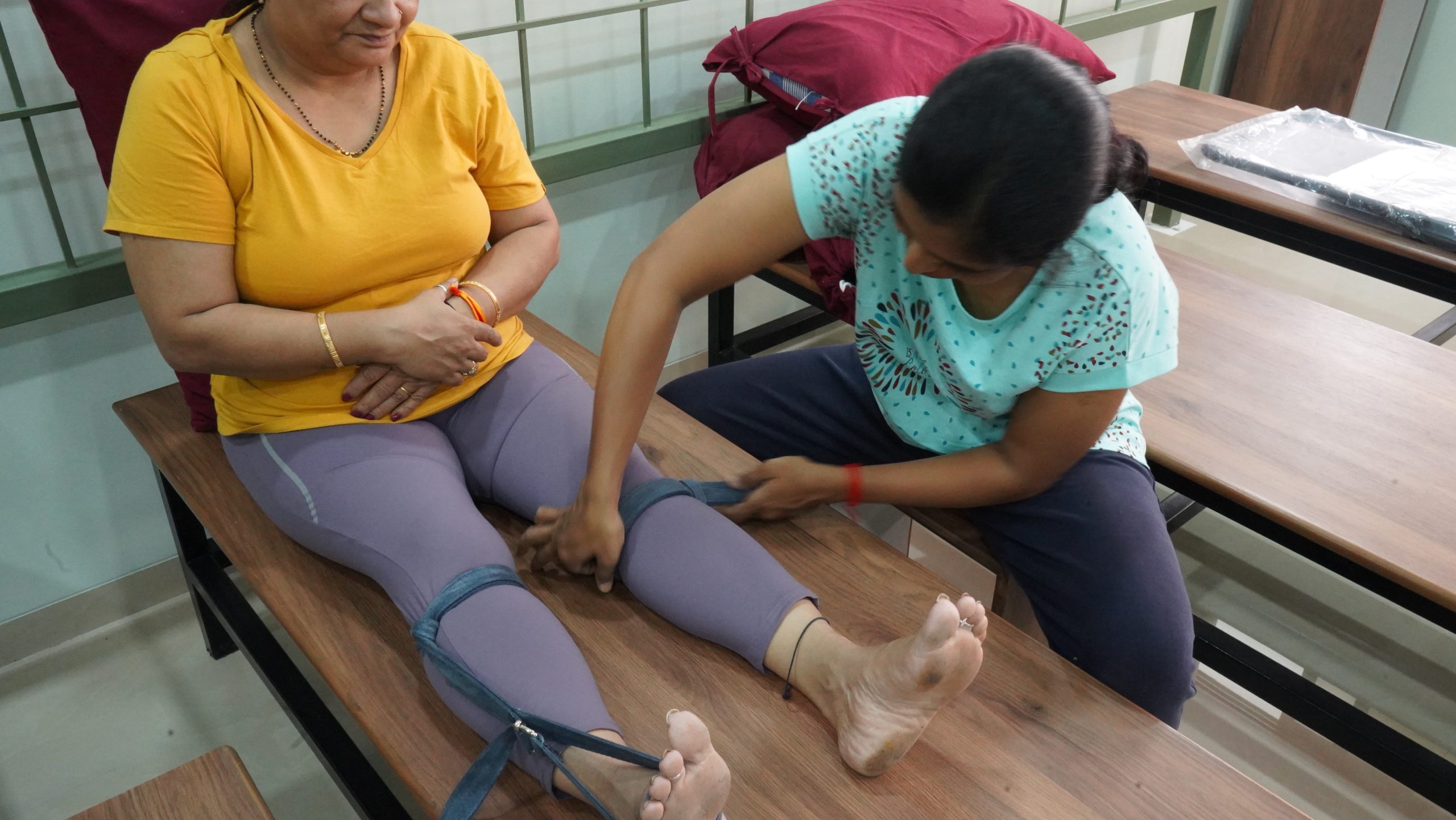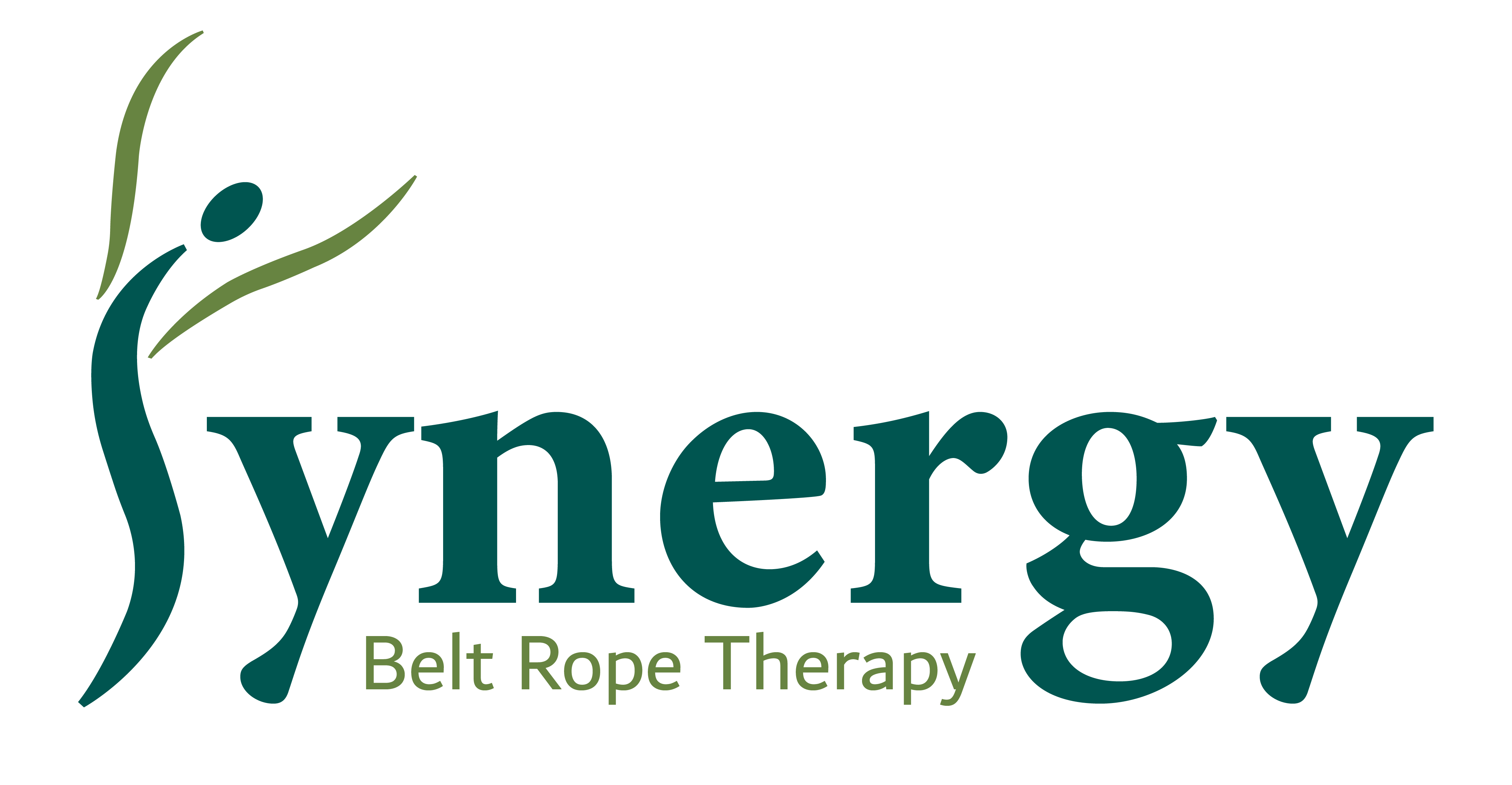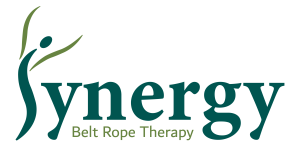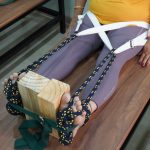
Unlocking Relief: Belt Rope Therapy for Pain Management
Chronic pain can significantly affect our quality of life, making even simple activities a challenge. Conditions like knee pain, back pain, cervical spondylosis, neck pain, sciatica, and slip disc are increasingly common due to sedentary lifestyles, poor posture, and lack of exercise. One innovative approach gaining traction for its simplicity and effectiveness is belt rope therapy.
What is Belt Rope Therapy?
Belt rope therapy is a natural, non-invasive therapeutic technique that uses belts or ropes to create controlled traction, stretches, and pressure on specific parts of the body. This therapy aims to relieve pain, improve mobility, and restore balance by aligning the musculoskeletal system. It can be done under the guidance of a trained therapist or incorporated into home-based rehabilitation programs.
How Does Belt Rope Therapy Work?
The therapy employs strategically positioned belts or ropes to support or apply gentle tension to targeted areas of the body. By focusing on specific pressure points or stretching muscles and joints, belt rope therapy helps:
- Relieve muscular tension
- Reduce joint compression
- Improve blood circulation
- Restore spinal alignment
- Enhance flexibility and mobility
Conditions Belt Rope Therapy Can Address
- Knee Pain
Knee pain, whether caused by arthritis, ligament injuries, or overuse, can limit mobility. Belt rope therapy provides gentle traction and stretches that reduce stress on the knee joint, enhancing blood flow and promoting healing.
- Back Pain and Sciatica
Back pain, often linked to prolonged sitting or poor posture, can be debilitating. For those suffering from sciatica, where pain radiates from the lower back down the leg, belt rope therapy can alleviate nerve compression and reduce inflammation. Gentle stretches improve spinal alignment and relieve pressure on the sciatic nerve.
- Cervical Spondylosis and Neck Pain
Cervical spondylosis, a degenerative condition affecting the neck’s spinal discs, leads to neck pain, stiffness, and sometimes headaches. Belt rope therapy helps decompress the cervical spine, alleviating pain and improving range of motion.
- Slip Disc
A slip disc occurs when the spinal disc’s soft center protrudes through its tough exterior, often compressing nearby nerves. Belt rope therapy gently stretches the spine, creating space for the disc to retract and reducing nerve pressure.
Benefits of Belt Rope Therapy
- Non-invasive: Avoids the need for medication or surgery.
- Customizable: Therapy can be tailored to suit individual needs and conditions.
- Cost-effective: Requires minimal equipment and is affordable.
- Holistic: Improves overall well-being by targeting root causes of pain.
- Easy-to-follow: Can be practiced at home with basic training.
Incorporating Belt Rope Therapy into Your Routine
Before beginning belt rope therapy, consult a healthcare professional or trained therapist to assess your condition. A guided session will help you learn the correct techniques and avoid injury. Over time, you can incorporate these exercises into your daily routine for sustained relief and improved mobility.
Final Thoughts
Belt rope therapy offers a promising approach to managing knee pain, back pain, cervical spondylosis, neck pain, sciatica, and slip disc. Its simplicity, effectiveness, and adaptability make it a valuable addition to the toolkit of anyone seeking a natural and non-invasive method for pain relief. If you’re looking for a way to reclaim your life from chronic pain, this therapy might be the solution you’ve been searching for.
Ready to Take the First Step?
Explore belt rope therapy and unlock a pain-free, active life. Small changes can lead to significant improvements in your health and well-being. Start your journey today!




